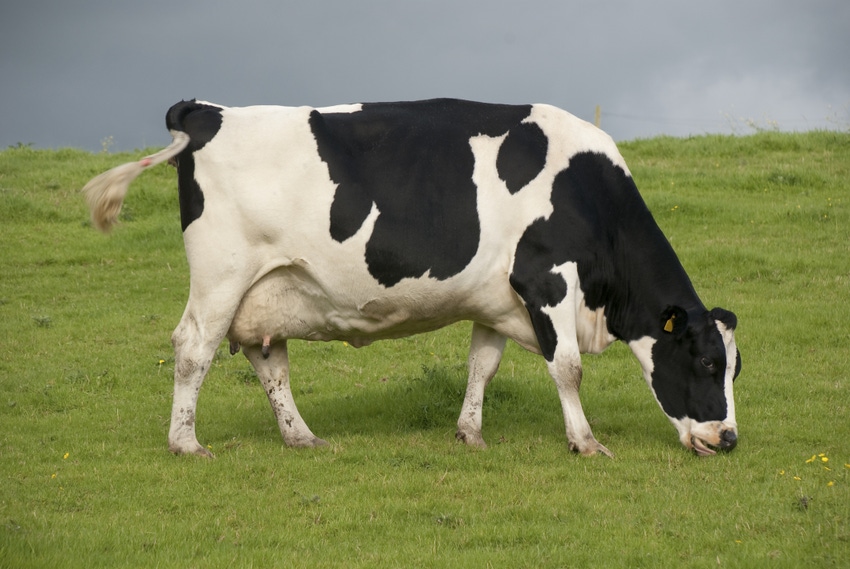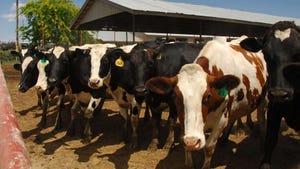Special journal collection highlights genomic selection of dairy cattle
Genomic selection in dairy cows creates opportunities not possible with traditional selection.
May 19, 2020

Genomic selection has become a critical tool for the dairy industry around the world since genomic evaluations were first implemented in the U.S. and Canada in 2009, according to the American Dairy Science Assn. (ADSA).
The 2019 ADSA annual meeting featured joint ADSA/Interbull breeding and genetics symposia titled “Ten Years of Genomic Selection” and “Data Pipelines for Implementation of Genomic Evaluation of Novel Traits.”
Because of the importance of genomic selection to dairy science, the Journal of Dairy Science invited the speakers to submit articles and share information from these symposia with a wider audience, ADSA said.
“The rapid uptake of genomic selection has had a dramatic effect on the dairy industry,” said guest editor Dr. Filippo Miglior of the Centre for Genetic Improvement of Livestock at the University of Guelph in Ontario. “These two symposia were developed to provide a comprehensive overview of the last 10 years of genomic selection and how genomics has provided the opportunity to develop new data pipelines for novel traits now under selection worldwide.”
The “Ten Years of Genomic Selection” symposium started by reviewing progress from the development of the cattle reference genome to modern 50k single nucleotide polymorphism (SNP) chips for implementation of genomic evaluation and selection. Once applied only to males for prediction of progeny performance, genomic selection is now widely used to predict future performance of cows and embryos, ADSA said.
Although genomic selection has allowed for rapid acceleration of genetic progress, it has also resulted in a rapid accumulation of homozygosity in the dairy cattle population, ADSA noted, adding that a better understanding is needed to ensure that genetic progress is achieved while maintaining genetic variance. The final presenter discussed the development of single-step genomic evaluations and possible reasons for biases in single-step evaluations.
The “Data Pipelines for Implementation of Genomic Evaluation of Novel Traits” symposium highlighted initiatives to pool data across countries or organizations to exploit the potential of accurate genomic evaluation for novel and expensive traits. It started by examining relationships among feed efficiency traits and how those traits should be incorporated into selection indices, followed by discussion of genomic selection in three countries.
A data pipeline was developed for the collection of hoof health data across Canada, which led to the creation and implementation of a single-step genomic evaluation for multiple hoof health traits. In the U.S., health evaluations are now included in net merit selection indices so producers can predict which animals will be most resistant to common diseases. Genomic selection has allowed Australia to focus on traits that reduce the environmental impact of the dairy industry and improve the adaptability of dairy cows to climate change.
“Over the last 10 years, dairy scientists have waded through the brave new world of genomics, and resulting discoveries have brought about tremendous gains in the genetic selection and improvement of dairy cattle,” editor-in-chief Dr. Paul Kononoff of the University of Nebraska-Lincoln said. “The genetic progress is chronicled in this collection of papers, which describe the never-before-seen application and pairing of traditional bench-top science and quantitative data analysis.”
The symposium papers were published as part of the June issue of the Journal of Dairy Science.
You May Also Like

.png?width=300&auto=webp&quality=80&disable=upscale)

